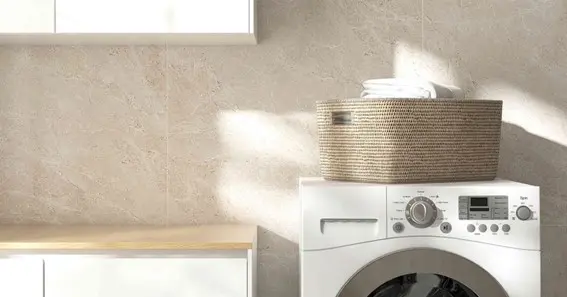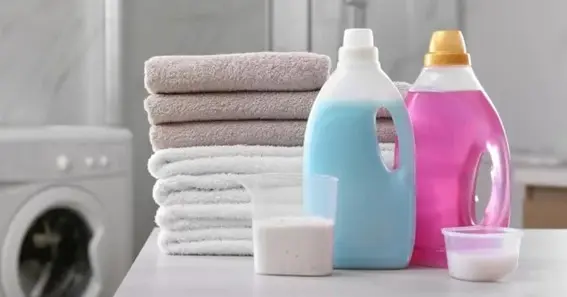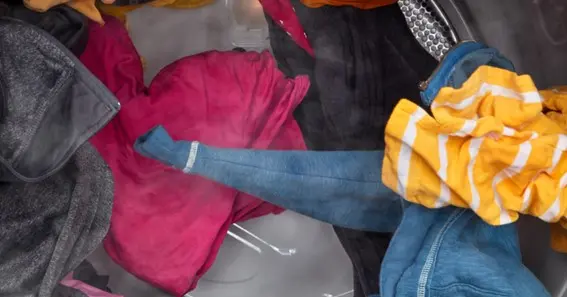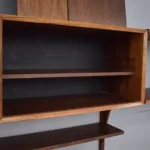What is permanent press? People who have washed or bought clothes may understand this word. Permanent press promised wrinkle-free garments, so ironing was less necessary, changing the textile industry. Busy families and fashionistas love it since it’s so simple. This article further talks on what is permanent press and how does it work.
What is Permanent Press?
Permanent press keeps materials smooth and wrinkle-free after washing and drying. This procedure bonds fabric fibers with chemical resins to prevent wrinkling. Saving time and effort while making garments look straight from the dryer is the goal.
There are usually numerous phases in permanent press. Soak the cloth in chemical resin, let it cure, and wash and dry it. This treatment works on cotton, polyester, mixes, and more. Permanent press is convenient and easy to care for, but it may reduce cloth softness and breathability. Some textiles require special care to maintain their press properties. Busy people who want to appear their finest but don’t have time to iron should use the permanent press.
Important Facts About Permanent Press

In the mid-20th century, the first fixed press was created. People sought easier ways to launder their garments in the 1950s and 1960s since their lives were increasingly busier, and they needed to streamline their work. Researchers found strategies to reduce fabric wrinkles with resins. Since permanent press garments became widely available by the 1960s, washing habits changed. This revolutionary idea advanced textile production. It ushered in easy fabric maintenance.
Permanent press technology revolutionized the textile industry and developed many wrinkle-resistant materials. This device sped up and simplified laundry. People didn’t spend hours ironing and pressing garments. The effect made permanent press clothing a household staple. As technology improved, glue compositions and application procedures improved. This improved permanent press fabric performance and durability. Permanent press is still used to finish many fabrics. It helps garments look amazing with little care.
How Permanent Press Works?
It would help if you studied what is permanent press science to grasp it. Press technology lasts because fabrics are treated with chemicals. Fibers are usually cleaned with formaldehyde resins. When applied to cloth, these resins link molecules to stabilize the structure and prevent wrinkles. A controlled heat technique sets the resin and makes the material wrinkle-resistant after treatment. The fabric looks better and lasts longer after this treatment.
Benefits of Permanent Press

Permanent press fabrics are popular in modern homes for their many benefits. A major advantage is that cleaning is much faster. Permanent press textiles are dry, wrinkle-free, and ready to wear. For busy people, this ease of use saves time and effort. Permanent press textiles also retain their shape better, making them clean and professional. These durable textiles can be worn and cleaned numerous times without losing their wrinkle-fighting power.
Applications in Fashion
Fashion has changed due to the permanent press. Permanent press eliminates wrinkles, making it ideal for work, vacation, and daily wear. Permanently pressed shirts, slacks, skirts, and suits are easy to put on. Easy to clean and maintain, these clothing are ideal for professionals and frequent travelers who need to appear attractive with minimal effort. With permanent press technology, designers may test different materials and designs, enabling fashion innovation.
Environmental Considerations
When discussing what is permanent press, consider how this technology influences the globe. The safety and long-term consequences of permanent press fabric chemicals, especially formaldehyde, have been questioned. An unstable organic molecule, formaldehyde, can harm you and the environment. However, textile manufacturing innovations have created environmentally friendly solutions. Some companies reduce wrinkles with non-formaldehyde resins and other eco-friendly methods. People who care about the environment should buy formaldehyde-free or eco-friendly products.
Taking Care of Permanent Press Fabrics
Permanent press fabrics need correct care to perform well. Although these materials don’t wrinkle, they still require maintenance to appear good. Wash permanent press clothing in cold or warm water to protect the resin treatment. Using a mild cycle and avoiding high heat will also help the fabric resist creases. Immediately hanging or folding garments after drying them can eliminate creases even further. These care instructions will extend and improve the life of your permanent press garments.
Future of Permanent Press Technology
Permanent press fabrics will prosper as technology improves. Researchers are investigating novel materials and methods to reduce wrinkles and environmental impact. New textile science and production technologies may enhance and prolong permanent press fabrics. Smart materials are improving, which could lead to wrinkle-free, environment-adaptive fabrics. Nanotechnology and sensitive materials could revolutionize how we care for clothes.
Conclusion
Finally, understanding what is permanent press illustrates how crucial this technology is to fashion and fabric maintenance. The mid-20th century invention of the permanent press and its widespread use today have revolutionized washing and garment care. Modern closets need permanent press materials since they’re durable, easy to use, and attractive. As textile technology advances, permanent press materials will become better and last longer, making them more valuable. That should be enough of information on what is permanent press.
FAQ
Where does the permanent press come from?
Chemical resins, usually formaldehyde-based, treat permanent press fabrics. These resins bond with cloth fibers to create a wrinkle-free surface.
How does the permanent press technique work?
Resins are combined with textile fibers and heated to set in a permanent press technique. This mechanism cross-links molecules, stabilizing the fabric and preventing creases.
Does a fixed press provide environmental benefits?
Yes, textile manufacturing innovations have led to non-formaldehyde resins and other long-lasting wrinkle-reducing methods. Look for formaldehyde-free or eco-friendly products.
How do I care for non-washable fabrics?
Wash permanent press garments in cold or warm water on a gentle cycle, and don’t dry them hot. To avoid wrinkles, hang or fold clothes immediately after drying.
Why are permanent press fabrics good?
Permanent press textiles save time by not ironing. They also look good, last long, and are wrinkle-resistant after several washings.
Sources:
https://www.whirlpool.com/blog/washers-and-dryers/what-is-permanent-press.html










